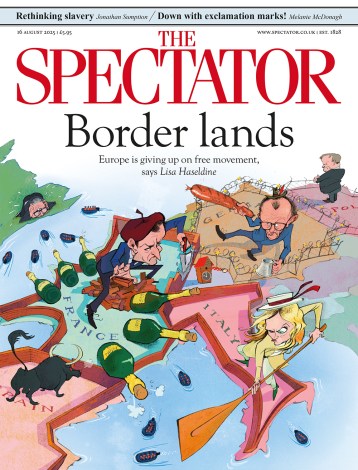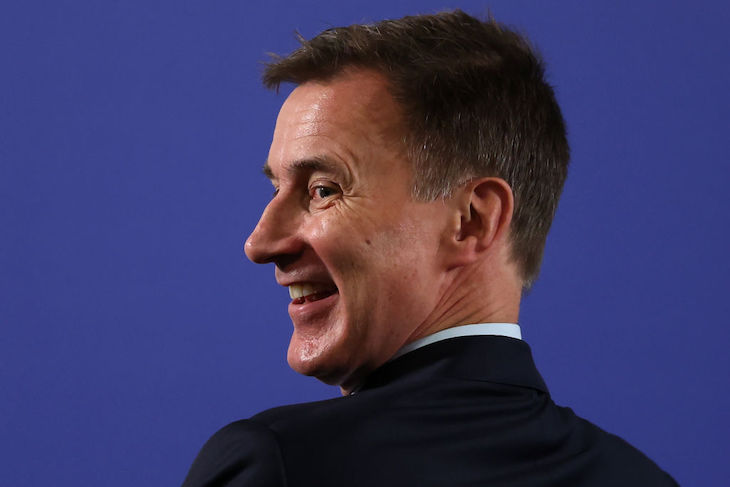It takes some to get used to Labour posing as the party of low taxes, but it is something that we are going to have to deal with as the election approaches. Today Jeremy Hunt appeared before the House of Commons Treasury Select Committee, and we had a taste of what is to come. In a fairly docile but highly partisan session, Labour MP Siobhain McDonagh asked the Chancellor if he takes the British public for fools, asking if he thinks they will not notice that the 2p cut in employees’ National Insurance will put rather less back into their pockets than fiscal drag is taking out – Hunt is ‘gouging with one hand and giving crumbs back with the other’, as she put it. She then asked him: was the 40 per cent tax rate really designed to hit nurses, teachers and police officers?
Hunt, unsurprisingly, chose not answer this, preferring to waffle on about an earlier point he had made that his tax cuts had been designed to promote growth. But the honest answer to McDonagh’s question would have been a straightforward ‘no’. It was Nigel Lawson’s Budget of 1988 which set the upper rate of income tax at 40 per cent. An analysis by the Institute of Fiscal Studies reveals that in 1991/92, some 3.5 per cent of UK adults paid the 40 per cent rate, which included no nurses and 5.6 percent of teachers. In 2022-23 this had mushroomed to 11 per cent. By 2027-28, should the income tax thresholds remain frozen until then, it will rise to 14 per cent, and will capture one in eight nurses as well as a quarter of teachers.
Chancellors love taxes that they think that taxpayers won’t notice so much. Gordon Brown jacked up National Insurance because he thought it had a lower impact on the public consciousness than income tax, whose rates New Labour had promised not to raise. He, like Hunt, also took a shine to fiscal drag. But there comes a point when the public do start to notice the slightly more obscure ways of raising revenue. And Labour may well be onto something if they start appealing to the middle earners who are being sucked into the 40 per cent band. For many people, 40 per cent will now seem more like the basic rate of income tax – higher even that the 33 per cent that it was when Jim Callaghan left office in 1979 (the top rate was then 80 per cent).
The idea of Labour posing as the low tax party will seem pretty hollow when you recall the rates the Labour government of the 1970s were levying. Few voters, though, will remember that far back: you have to be at least 60 to have been in full-time employment then. Hunt almost certainly has only one more chance to appeal to voters, through the spring Budget. If he wants the support of middle earners, he may well want to reconsider whether income tax thresholds should really be frozen for another four years. Otherwise ‘fiscal drag’ are likely to be words which dominate the next election campaign.







Comments